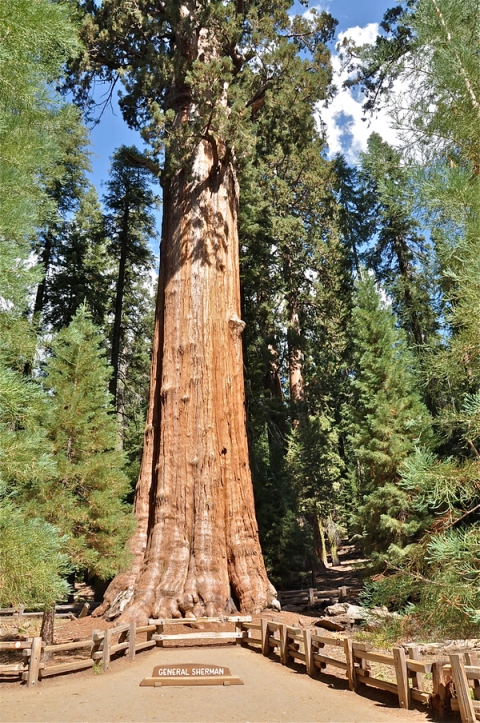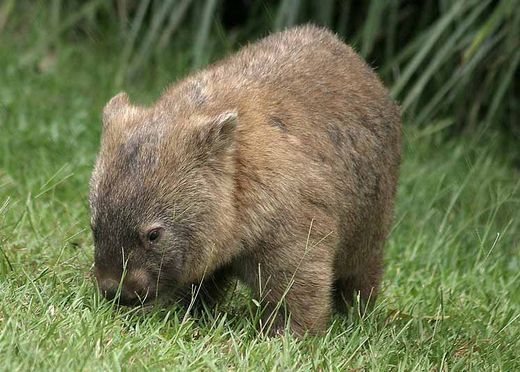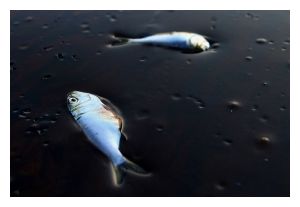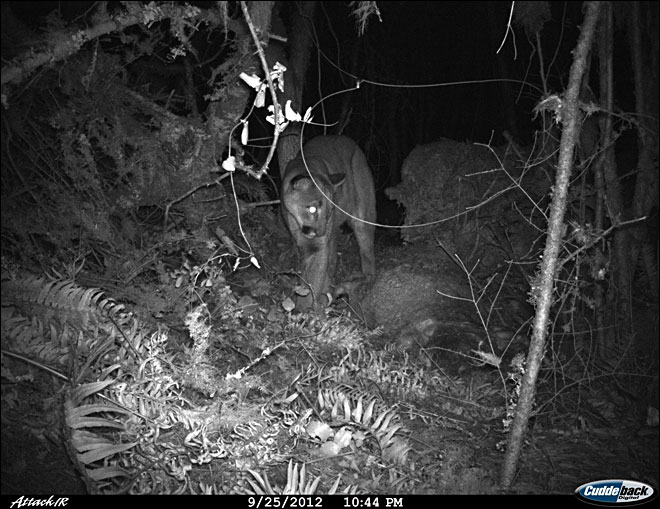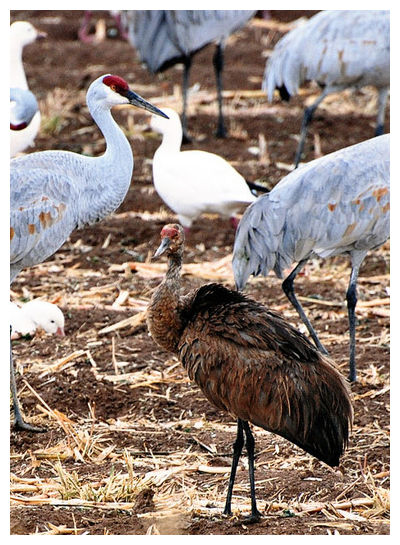
© Clint Henson, New Mexico Department of Game and Fish A Nov. 18, 2012 image shows a bird that wildlife managers have not been able to positively identify after it arrived earlier this month at Bosque del Apache National Wildlife Refuge in southern New Mexico. Refuge Manager Aaron Mize said it could be a hybrid-cross involving a crane. Without blood, feather and tissue samples, Mize said the bird will have to remain a mystery.
Albuquerque, N.M. - Wildlife managers at one of the nation's premiere bird-watching spots have a mystery on their hands. A strange-looking bird with dark plumage showed up at the Bosque del Apache National Wildlife Refuge earlier this month to join the tens of thousands of cranes and geese that spend the winter in the Rio Grande Valley.
The problem: No one knows exactly what kind of bird it is.
The debate has spread from the refuge's fields and wetlands onto Facebook, where guesses have ranged from some kind of mutant to a Thanksgiving turkey disguised as a crane for self-preservation. Birding experts from New York to California continued studying photographs of the bird Thursday, spurring even more theories.
The refuge posted a photograph of the bird on its Facebook page this week, sparking dozens of comments. Aside from the disguised turkey and oil-slicked bird theories, some suggested it could be a hybridization between a crane and an emu or a trumpeter, which are native to South America.
It could be a sandhill crane that has come down with a feather-staining fungal infection. Or maybe he - or she - has a genetic disorder that results in too much melanin production.
"It's different. It's got to be a hybrid-cross more than likely, but what, we don't know," Refuge Manager Aaron Mize told The Associated Press in a phone interview.
Members of the Cornell Lab of Ornithology's Team Sapsucker - known as some of the best birders anywhere, they hold the U.S. record for finding the most bird species in 24 hours - say it's a sandhill crane. "We can't say why it's colored so differently, but we can be certain about species anyway," said Pat Leonard, a spokesman for the Cornell lab.
Other bird-watchers have reported seeing birds with similar coloring in wintering areas in California and along the Platte River in Nebraska. Some experts have said breeding birds have been known to preen mud into their feathers, resulting in the unusual colors.
